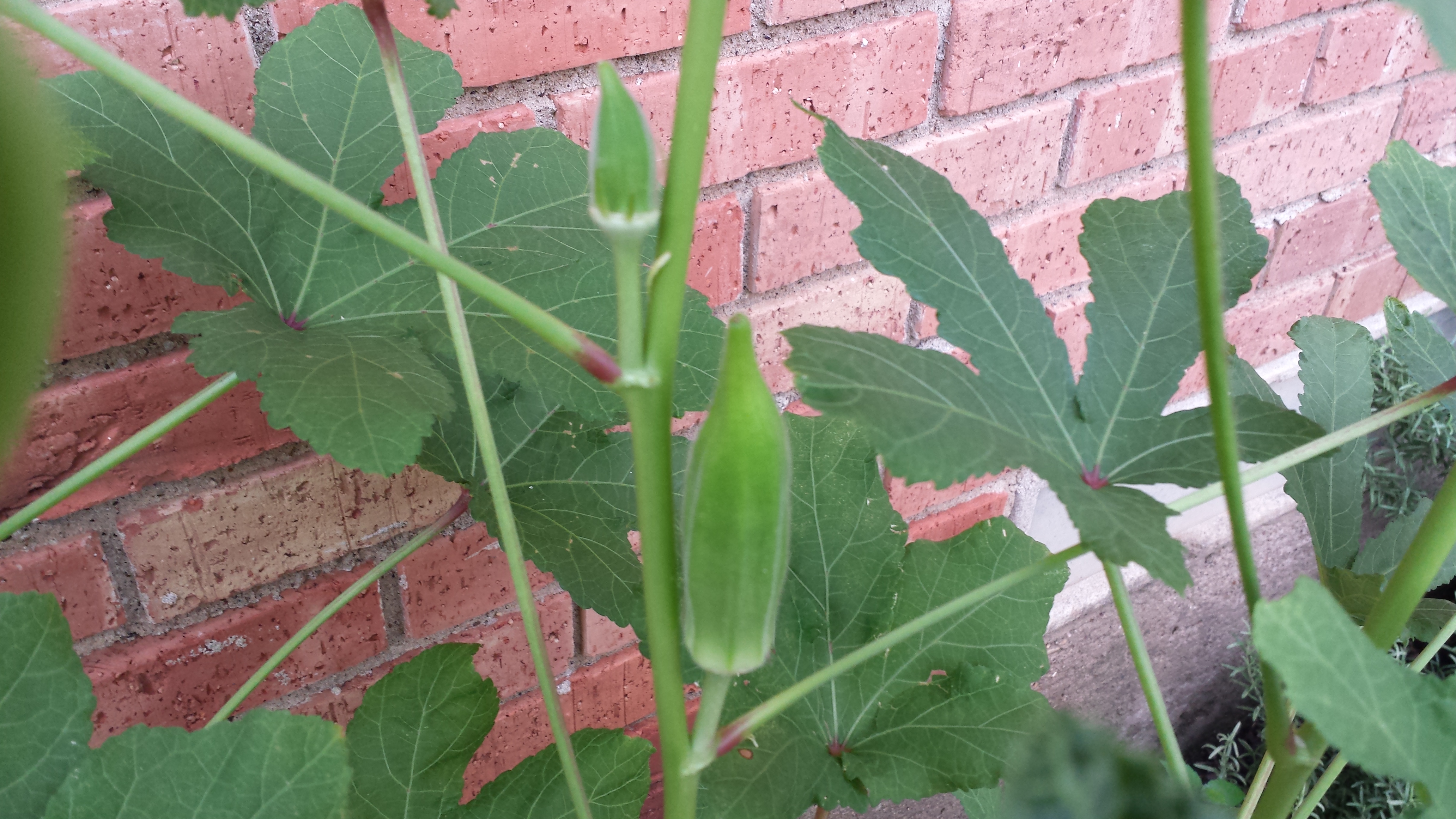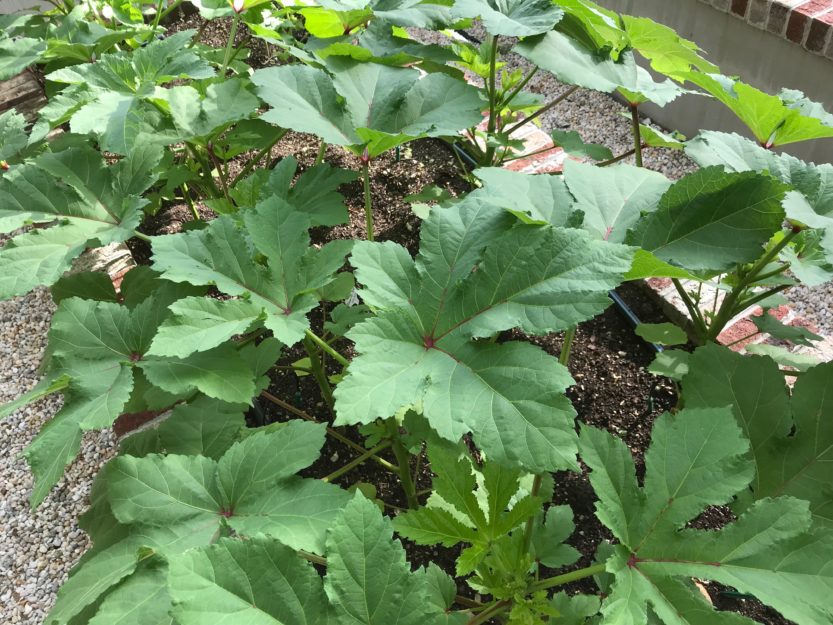
In this post I have also shared the recipe of sambar powder just enough for this sambar recipe. Most times I make the instant powder while the dal cooks as nothing beats the aroma of fresh roasted & ground sambar powder. I avoid buying any spice powders and prefer to make my own for the best aroma and taste. In the modern times, many people prefer to buy the store bought powder as it is convenient. Most traditional homes make their own sambhar masala powder to suit their taste buds. A variety of spices & lentils are used to make this powder. This spice powder is the key to make a good sambar. Sambar is a South Indian stew made with lentils, mixed vegetables, tamarind, herbs, spices & a special aromatic spice powder known as sambar powder.

If you are new to South Indian Cuisine and wondering About Sambar It can also be served for a breakfast with idli, dosa, bonda, pongal and even with vada. This sambar pairs best with short grain rice, some stir fried vegetables and papad on the side will compliment your meal.

Once you make this I am sure you will fall in love this amazingly delicious sambar. This sambar recipe is very close to my heart as I have fond memories of my Mom making this for us with home-grown veggies and herbs. Since a variety of mixed vegetables are also used to make sambhar it becomes nutrient dense. So sambar is widely eaten as a part of healthy protein rich diet in South India. We Indians eat lentils almost daily as they are a primary source of protein. Sambar is also a popular food in tiffin centers and restaurants, and is served as a side in meals, as a breakfast combo – idli sambar, vada sambar and is also served with dosa, masala dosa and the list goes on. So it is a staple in most South Indian households. Kambrekar, Asst prof, S.B.Kalaghatagi, Prof, Regional Agricultural Research Station, Bijapur, UAS, Dharwad, Email: phone: 08352- 230568.This traditional dish is believed to provide a complete nutrition to the body as it is nutrient dense. It is a useful strategy in managing several pests in various cropping systems. Trap cropping has indicated benefits in terms of economic returns on an average of 10-30 per cent increase in net profits mainly resulting from reduced insecticide use and pest attack. Bihar hairy caterpillar in cowpea can be trapped by planting gingelly. To trap corn stalk borer in maize sorghum has been exploited as trap crop. Marigold is a potential trap crop in potato and rice against nematodes and snails, respectively. In case of field beans, chrysanthamum acts as a trap crop against leaf minor. In tomato marigold or cucumber is commonly used as trap crop for every 15 rows of the main crop to attract tomato fruit borer. In groundnut, castor or sunflower can be used to attract leaf eating caterpillar on the field borders. Two rows of sesamum for every 25 rows of cabbage or cauliflower can be planted to trap the pest. Sesamum is commonly being used as trap crop to attract pests such as diamondback moth in both cabbage and cauliflower. Some important trap crops commonly used in pest management include bhendi/okra in cotton to trap bollworms and marigold at the border of the field. Yet another function of trap crops is their use of attracting natural enemies of pest insects to the fields and concentrating them there to enhance naturally occurring biological control.Įssential features of the trap cropping are that the trap crop must be more attractive to the pest than the main crop, should occupy a small area as far as possible and must be established at an early or later stage or along with the main crop. Its potential role in improving the environmental soundness cannot be undermined.

Trap cropping is economical and environmental benefits are often associated with this strategy. The principle of trap cropping rests on the fact that virtually all pests show a distinct preference to certain crops during growing stages. Trap crops are plants grown to attract insects or other pests that destroy the main crops.


 0 kommentar(er)
0 kommentar(er)
